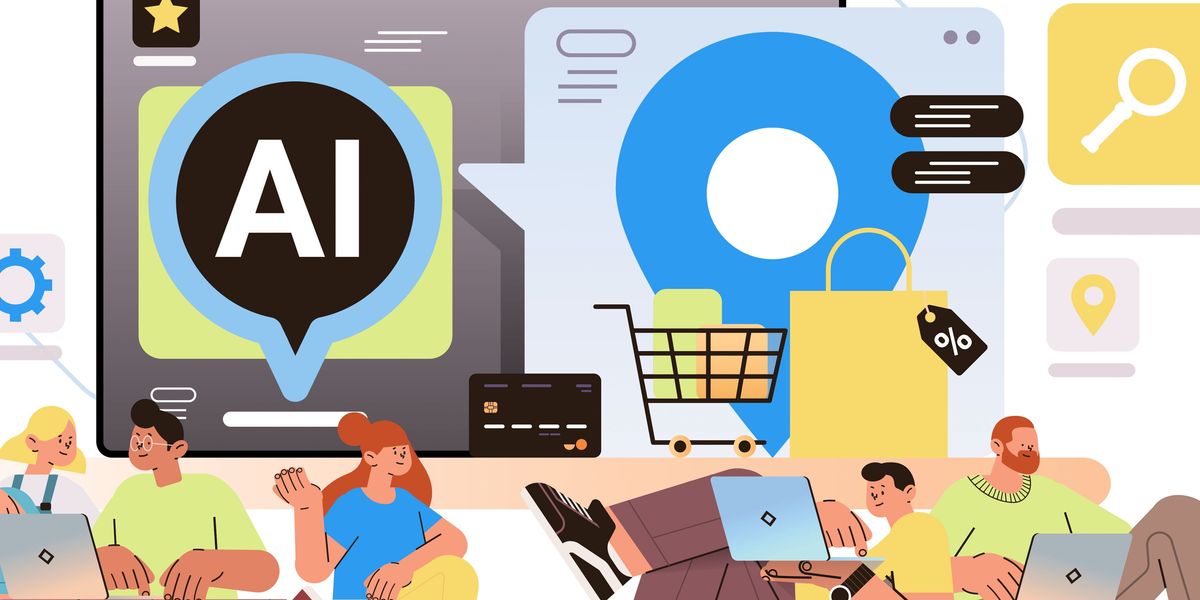In our last article, A How-To Guide on Acquiring AI Systems, we explained why the IEEE P3119 Standard for the Procurement of Artificial Intelligence (AI) and Automated Decision Systems (ADS) is needed.
In this article, we give further details about the draft standard and the use of regulatory “sandboxes” to test the developing standard against real-world AI procurement use cases.
Strengthening AI procurement practices
The IEEE P3119 draft standard is designed to help strengthen AI procurement approaches, using due diligence to ensure that agencies are critically evaluating the AI services and tools they acquire. The standard can give government agencies a method to ensure transparency from AI vendors about associated risks.
The standard is not meant to replace traditional procurement processes, but rather to optimize established practices. IEEE P3119’s risk-based-approach to AI procurement follows the general principles in IEEE’s Ethically Aligned Design treatise, which prioritizes human well-being.
The draft guidance is written in accessible language and includes practical tools and rubrics. For example, it includes a scoring guide to help analyze the claims vendors make about their AI solutions.
The IEEE P3119 standard is composed of five processes that will help users identify, mitigate, and monitor harms commonly associated with high-risk AI systems such as the automated decision systems found in education, health, employment, and many public sector areas.
An overview of the standard’s five processes is depicted below.
Gisele Waters
Steps for defining problems and business needs
The five processes are 1) defining the problem and solution requirements, 2) evaluating vendors, 3) evaluating solutions, 4) negotiating contracts, and 5) monitoring contracts. These occur across four stages: pre-procurement, procurement, contracting, and post-procurement. The processes will be integrated into what already happens in conventional global procurement cycles.
While the working group was developing the standard, it discovered that traditional procurement approaches often skip a pre-procurement stage of defining the problem or business need. Today, AI vendors offer solutions in search of problems instead of addressing problems that need solutions. That’s why the working group created tools to assist agencies with defining a problem and to assess the organization’s appetite for risk. These tools help agencies proactively plan procurements and outline appropriate solution requirements.
During the stage in which bids are solicited from vendors (often called the “request for proposals” or “invitation to tender” stage), the vendor evaluation and solution evaluation processes work in tandem to provide a deeper analysis. The vendor’s organizational AI governance practices and policies are assessed and scored, as are their solutions. With the standard, buyers will be required to get robust disclosure about the target AI systems to better…
Read full article: 5 Ways to Strengthen the AI Acquisition Process

The post “5 Ways to Strengthen the AI Acquisition Process” by Cari Miller was published on 03/26/2024 by spectrum.ieee.org





































